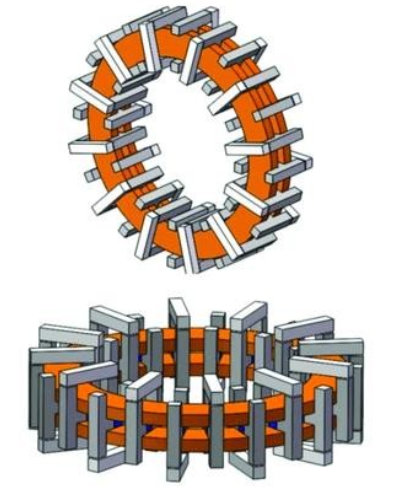fig1. Displays that Petrol and diesel fuels accounted for nearly all of the energy used by the transportation industry. Electric motor systems are thought to use about 35% of the energy in the remaining commercial, industrial, and residential sectors.
.jpg)
Fig1. Total energy consumption in the United States from 1975 to 2022
The most noteworthy finding is that HVAC (heat pumps, air conditioning, HVAC fans, and refrigeration) uses about 89% of residential electrical motor energy. As a result, HVAC and refrigeration account for about 30% of residential energy use. The commercial sector's energy consumption is broken down in. And these HVAC systems are drove by electric motors. The full load efficiency of these comparatively small electric motors ranges from 85% to 88% at best. Approximately 870 x 10^12 BTUs of energy could be saved if this motor class's energy efficiency could be raised by 5%.
.jpg)
Fig2. Residential energy usage by household devices
It should be mentioned that the above-mentioned potential energy savings are based on a 100% conversion to motors with higher efficiency. Due to the expense—and occasionally the impossibility—of replacing the different motors, this is not feasible. However, if the equipment is replaced with more energy-efficient models, the potential savings can be realized as older HVAC, refrigeration, and other electric motor drive systems are replaced. These more efficient motors will often cost more to buy initially, but they can provide the required torque with less energy consumption, and the payback period can be as short as one year for freezers and refrigeration systems or as long as five years for some HVAC systems.
Thus, the reduced operational cost will offset the initial investment with the added benefit of lower utility bills in the long term.
The question is, “How can these small horsepower motors be improved to produce these greater efficiencies?” The answer includes variable frequency drives and rethinking the basic design of the motor itself. At present, the vast majority of commercial and residential motors are induction style motors. These are a proven design with long term reliability, yet there is room for improvement. Axial flux motors, transverse flux motors, and even a rethinking of the basic design of the radial flux motor can provide the necessary torque with lower energy usage. To assess their potential, let's examine each of these novel motor types as well as a brand-new category of electrical materials called soft magnetic composites, or SMCs.
Axial Flux Motors
SMC Axial Flux Stator Design Axial flux motors (AFM) have been around almost as long as the traditional radial flux motor. The basic principle of the axial flux motor is that the magnetic flux is parallel to the axis of rotation of the motor. This reorienting of the motor windings affords the opportunity to simplify the motor winding process. A recent study demonstrated that these motors can have efficiencies up to nearly 96%.
Overall, the advantages of the AFM design are
transverse flux motors (TFM)
The concept of transverse flux motors (TFM) was initially developed in the late 1890s. For direct-drive systems like wind turbines and in-wheel traction, TFMs' high torque and power density are special advantages. A ring-shaped coil encircling stator U-cores, which direct the magnetic flux from one rotor permanent magnet to another, makes up the fundamental TFM structure. It is feasible to increase the number of pole pairs while maintaining a constant machine diameter because of the "transverse" magnetic plane. In theory, torque rises as the number of pole pairs increases. Cogging torque, efficiency, power factor, and TFM manufacturing should all be enhanced, though. The TFM has an efficiency of up to 92%.

A fascinating subset of the powder metal industry is soft magnetic composites, or SMCs. To stop excessive eddy currents from forming in the component, they are essentially individual iron powder particles coated with an electrically insulating substance. Standard compaction techniques in powder metallurgy can be used to produce SMC components. This suggests low losses, precise dimensions, and high material utilisation, especially at higher operating frequencies (usually >500 Hz). For each of the three motors previously discussed, SMCs are the recommended alternative manufacturing technique. Apart from the previously mentioned advantages, SMCs also offer the ability to create 3D shapes and carry 3D flux.
Can you produce these motor types with laminations? The answer is yes. However, this faces you with a difficult assembly process and the need to either weld or mechanically join the laminated pieces. Shown below is the negative effect of welding laminations relative to the core loss of the device. It is apparent that welding effectively creates electrical shorts between the laminations, producing excessive eddy current heating and a loss in both performance and efficiency.
How can you participate in this change? Soft magnetic composites can contribute to the creation of a more environmentally friendly future when incorporated into creative motor designs.